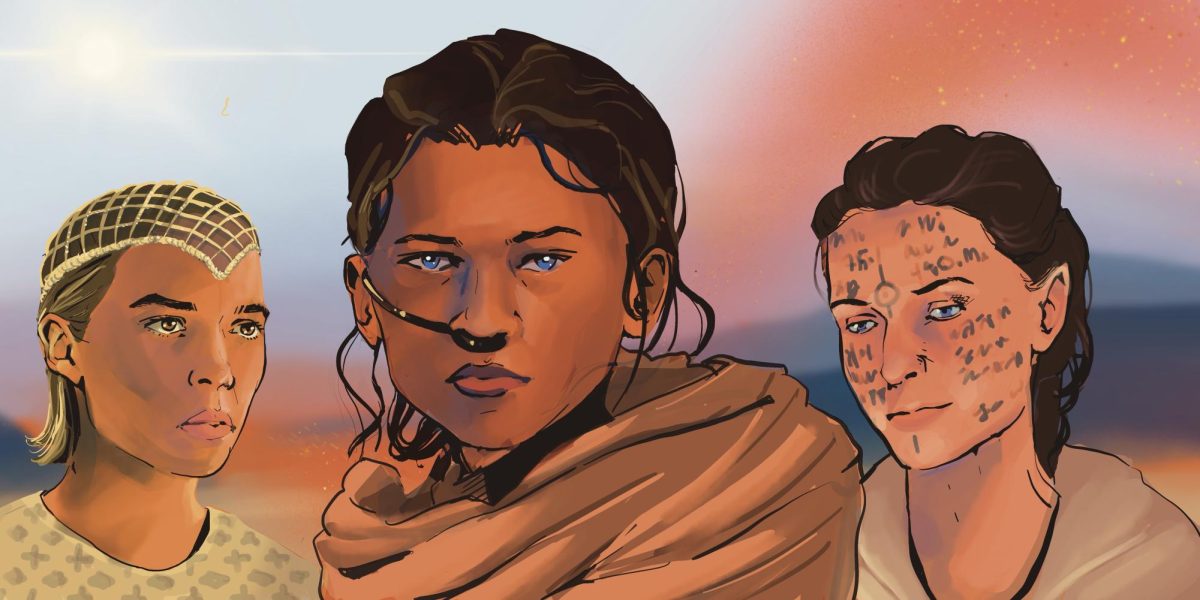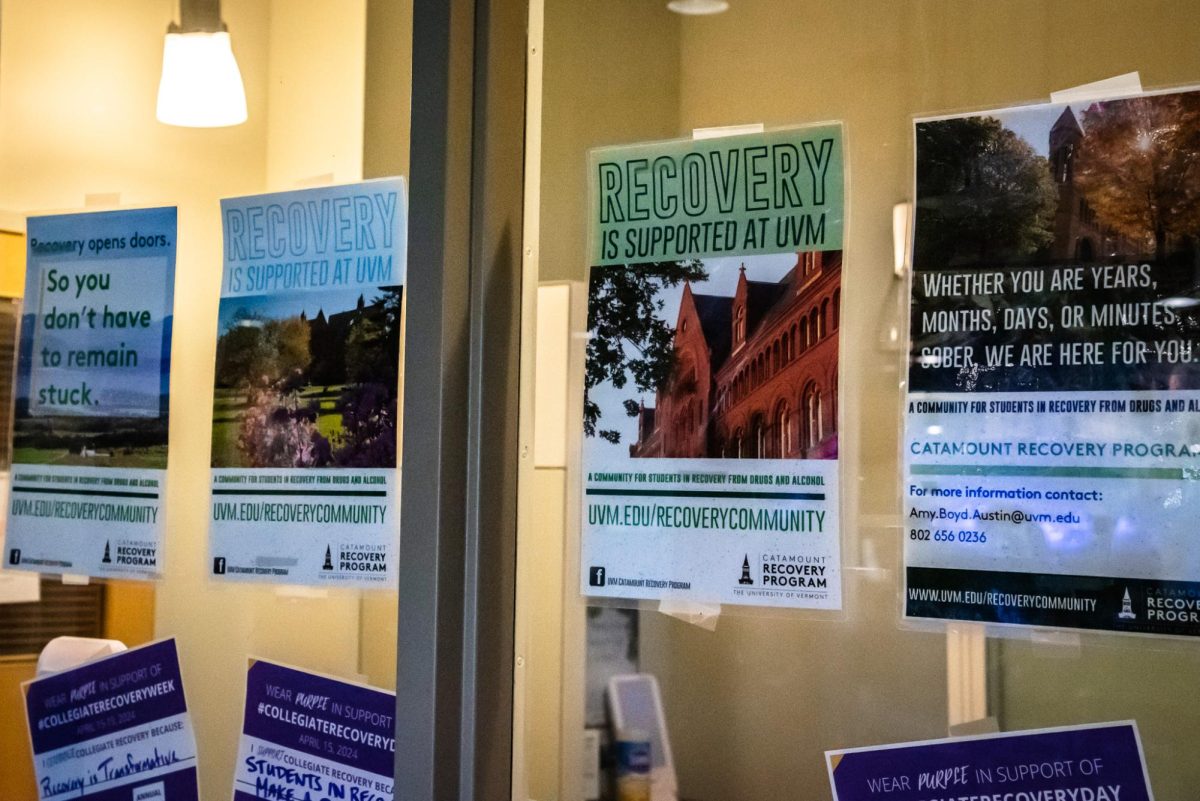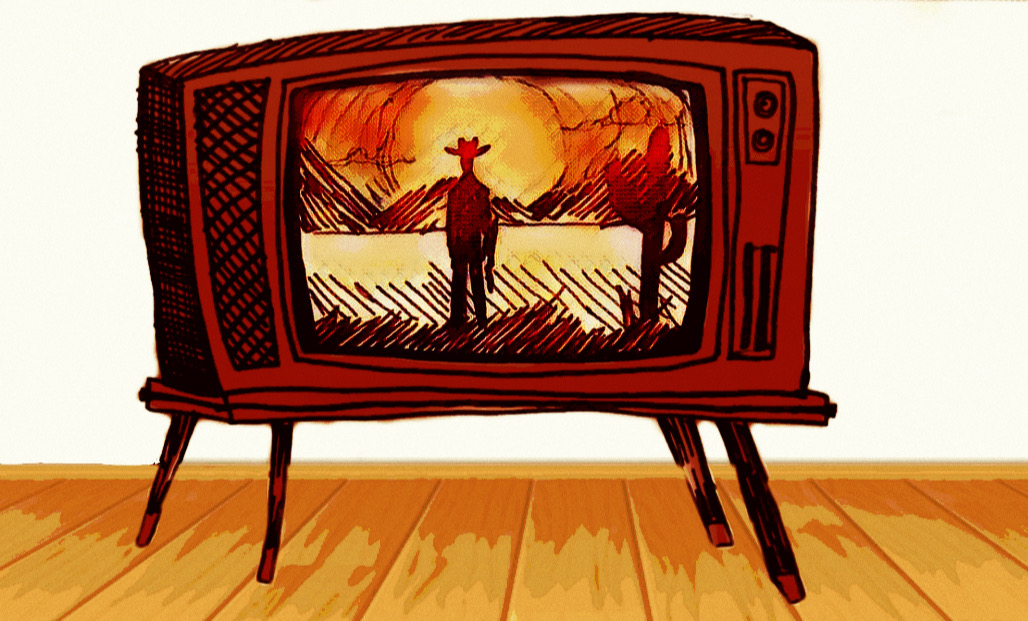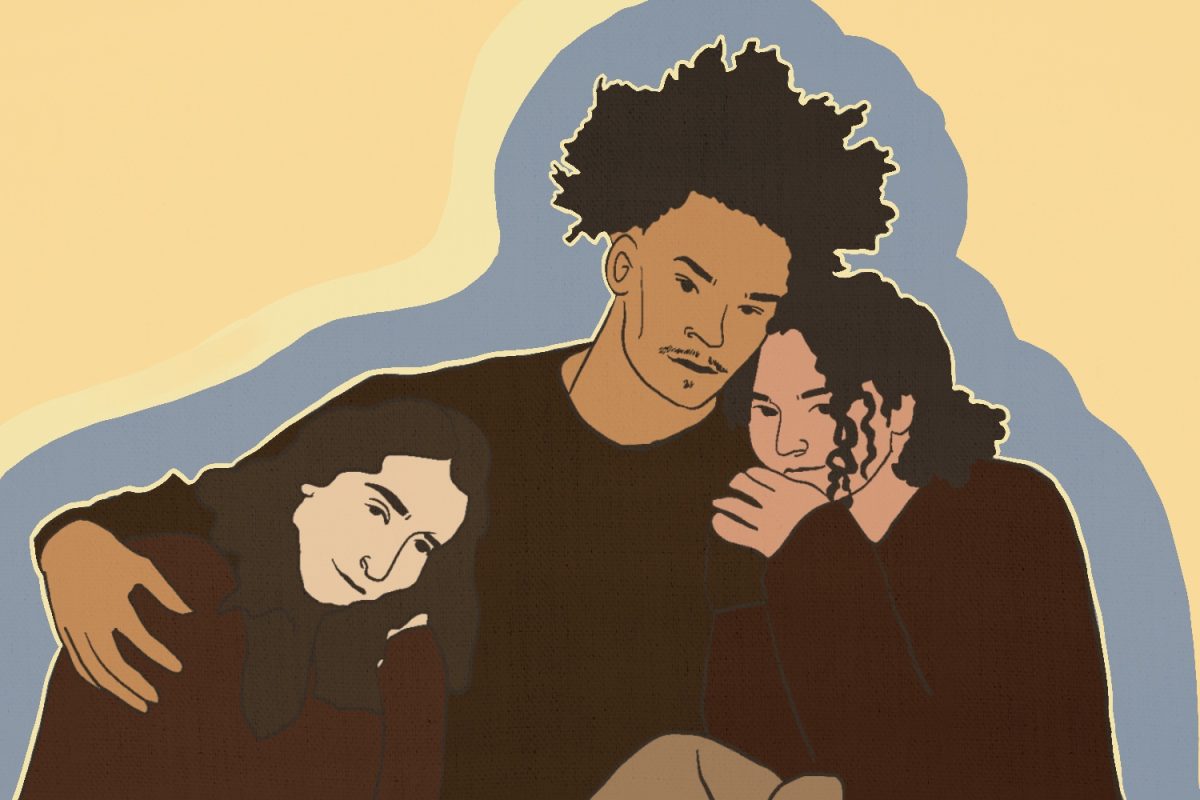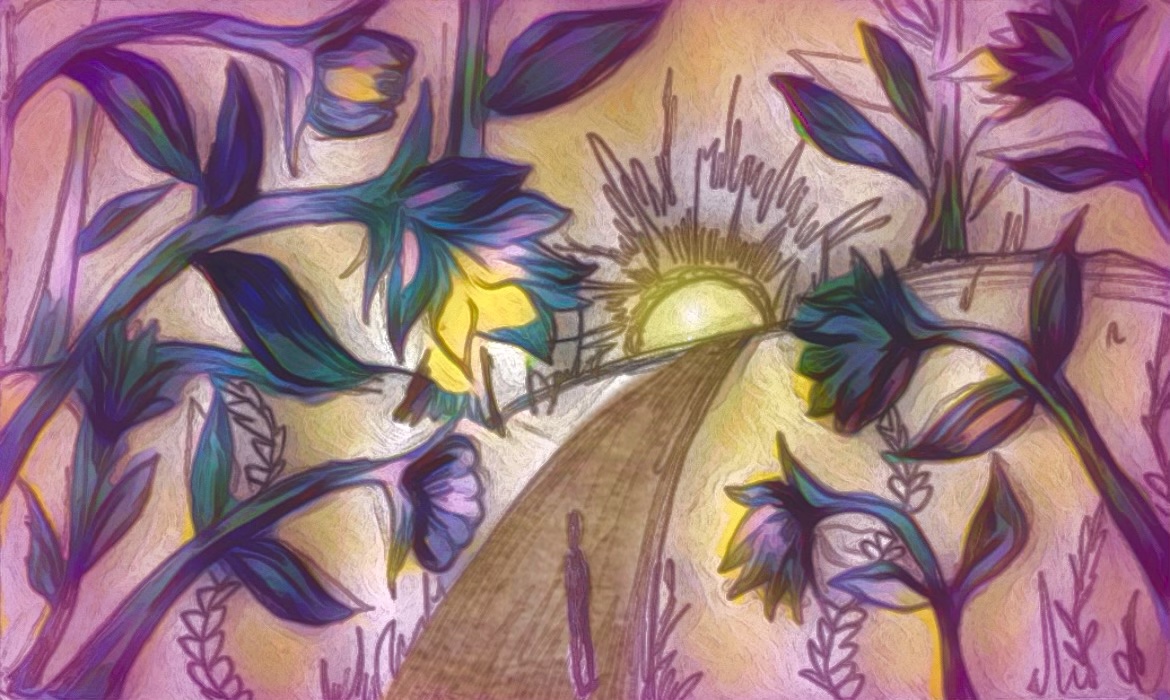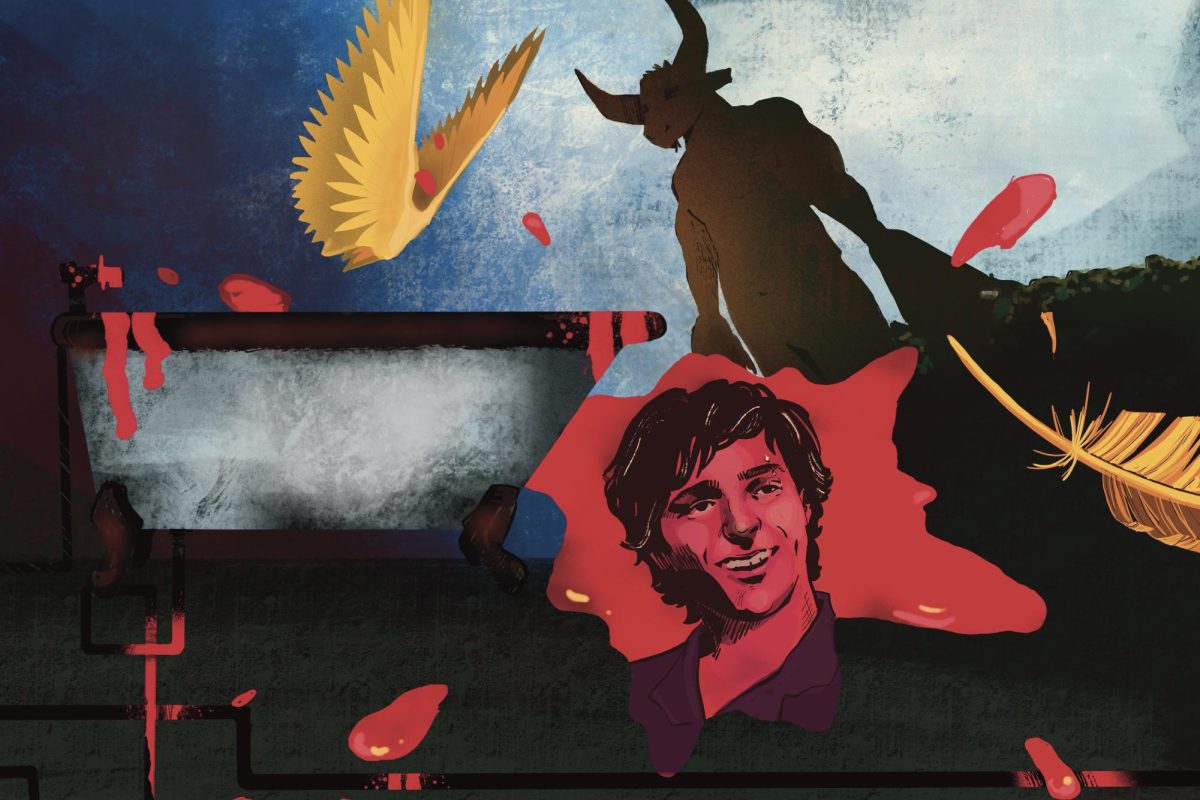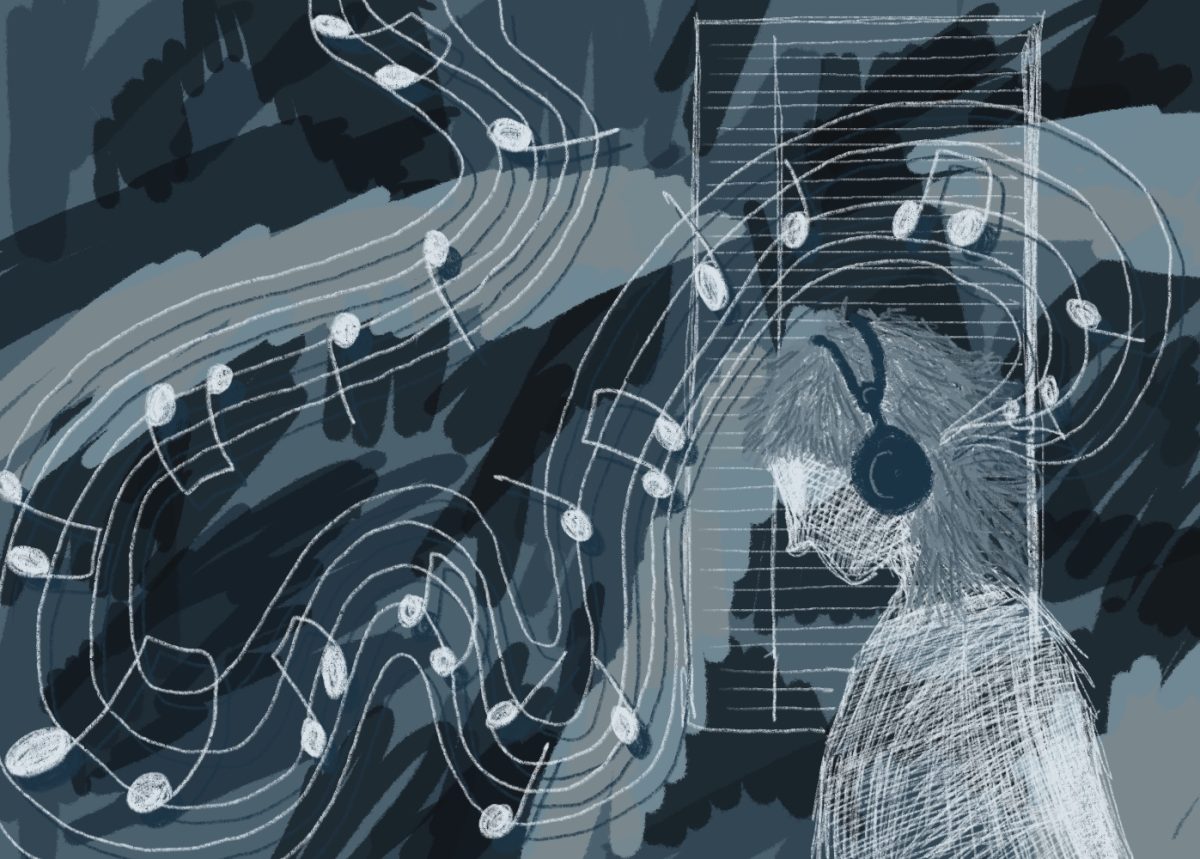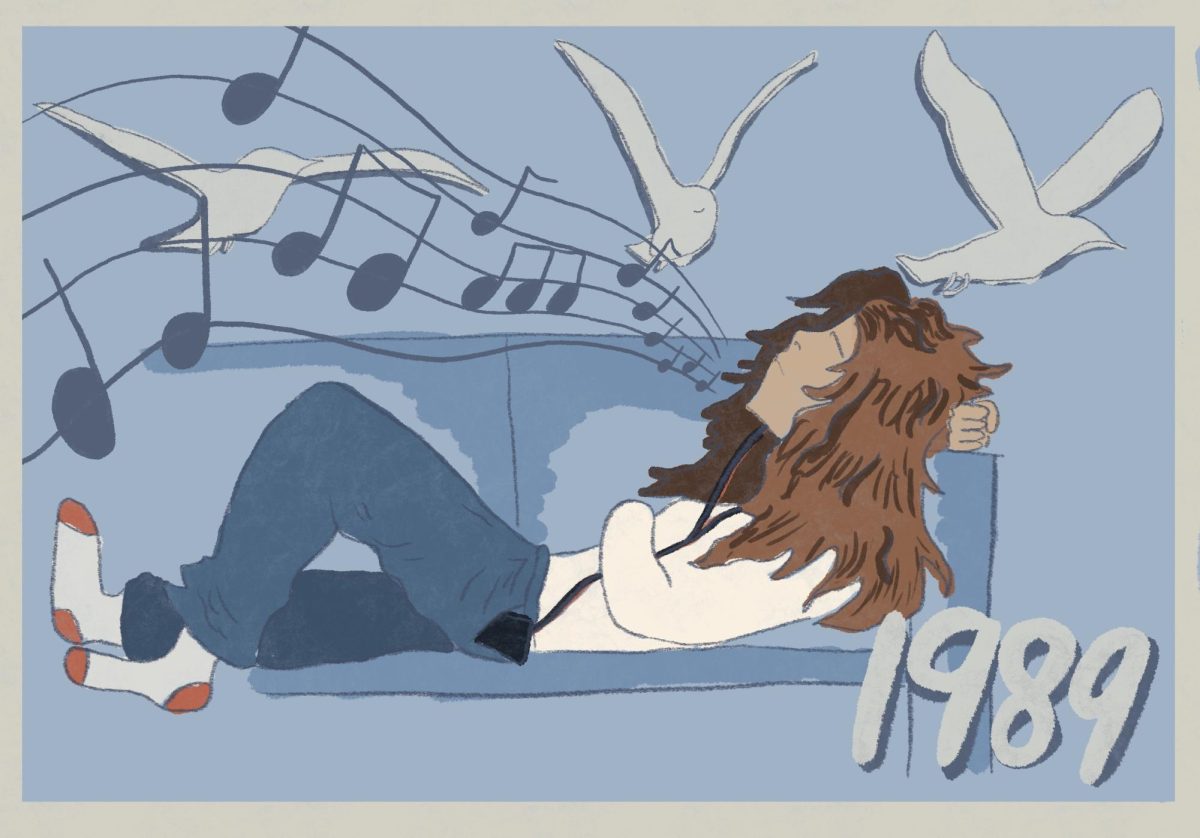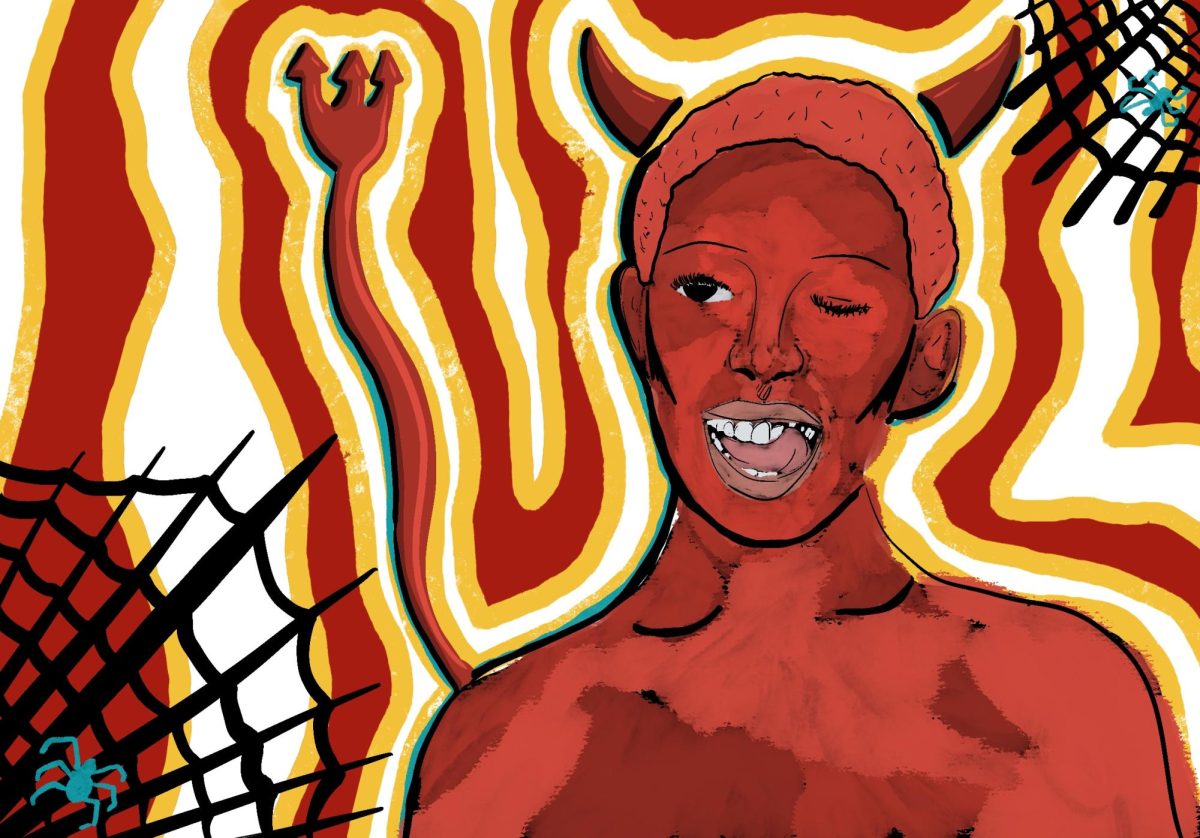As it stands today, “Dune: Part Two” has brought in $634 million at the box office worldwide. Following on the heels of the success of “Dune: Part One” and the star-studded cast, it is no surprise this movie was a hit.
Following the events that took place in “Dune: Part One”—if you haven’t seen it by now you probably won’t be reading this article—we follow Paul Atreides as he seeks revenge against the conspirators who destroyed his family while uniting with Chani and the Fremen people of Arrakis.
However, we will be leaving behind the sci-fi intergalactic space drama that accompanies the world of Dune in order to take a closer look at one of the film’s important underlying successes: the women of Dune.
To some, “Dune: Part Two” is considered a rare feminist blockbuster with complex and powerful female characters. The film depicts women as capable of exhibiting and encompassing a diverse set of layers including cruelty, kindness, love, intelligence, scheming and ferocity.
The source material for these blockbusters, however, has not always drawn the same response from readers in regard to its treatment and development of female characters. Frank Herbet, the author of the Dune series, wrote this collection of books in the 1960s. While conversations of gender norms were certainly being had at this time, it is suffice to say we hadn’t yet made the cultural strides that we have seen today.
Notoriously, science fiction has long been seen as a male-dominated world, often telling the stories of male characters’ heroics and exploration. While the Dune film series still follows our male protagonist, Paul Atredies, it is clear the women of Dune have not been left on the cutting room floor.
For starters, one of the main characters in the Dune saga is a character known as Doctor Liet-Kynes. She is an ecologist who oversees the change of the planet of Arrakis to a planet that is more forgiving and environmentally diverse. In the books, this character is a man. In the films, this character is portrayed by female actress Sharon Duncan-Brewster.
Another notable change is that in the books, upon killing his first opponent, Paul Atreides is then granted authority and proprietorship over his slain opponent’s wife and children. This storyline was left out of the cinematic telling.
It is also important to note just how starkly different Chani—Paul’s romantic interest—is in the film compared to the books.
In the movie, there is no louder voice of opposition and resistance to Paul than Chani. She is repeatedly shown voicing her concerns and countering Paul’s decisions and convictions, always putting her love for her people first and not letting her feelings cloud her judgment.
The Chani we see in the novels is much quicker to trust and even blindly follow Paul no matter where that path may lead.
The film’s director, Denis Villeneuve—known for various other high-production blockbusters such as “Blade Runner 2049,” “Arrival” and “Sicario”—has even gone on record to address this topic and how he has intentionally gone out of his way to make it a point of emphasis.
Villeneuve touched on his drive to feature women in an interview with Den of Geek, a U.S. and U.K.-based magazine.
“I always have been, since I was born as a filmmaker, concerned, inspired, and sensitive about the female condition and women’s relationship with power. Why? Because I had been raised in the ‘60s and ‘70s in a feminist environment, which is something that I love,” he said.
The power of including women in these multifaceted roles cannot be understated. The art form of the cinematic experience is only about a hundred years old, yet we have seen in such a short time how influential and impactful storytelling on the big screen can be.


